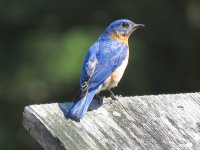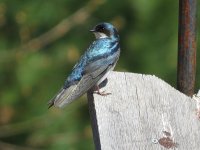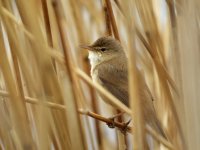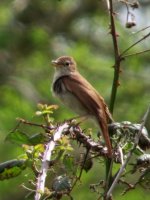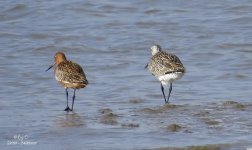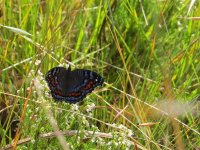I see now, found it in the manual with a little difficult because they call it "digital tele-converter" with a hyphen, so my search didn't find it.
I think my old Panasonic FZ30 had this, it's just digital zoom, but applied throughout the entire optical zoom range. From memory, I had a love hate relationship with it. Extremely useful for zooming in further to fit the AF frame between branches, but made me feel stupid whenever I wasn't at maximum optical zoom. (Why use digital zoom when you haven't used up all the optical zoom yet?)
Found this thread about it:
http://www.birdforum.net/showthread.php?t=251678
Apparently you can configure a button to turn it off and on? That would have solved my dilemma. Can you turn it on, focus, lock the focus, then turn it off again to take the shot?
You'd think it could do a better job of interpolating at 2x rather than some odd figure like 1.83x like you could get with normal digital zoom. And theoretically, if you're in jpg mode then it should be able to do a better job of interpolating than you could later on the compressed image.




